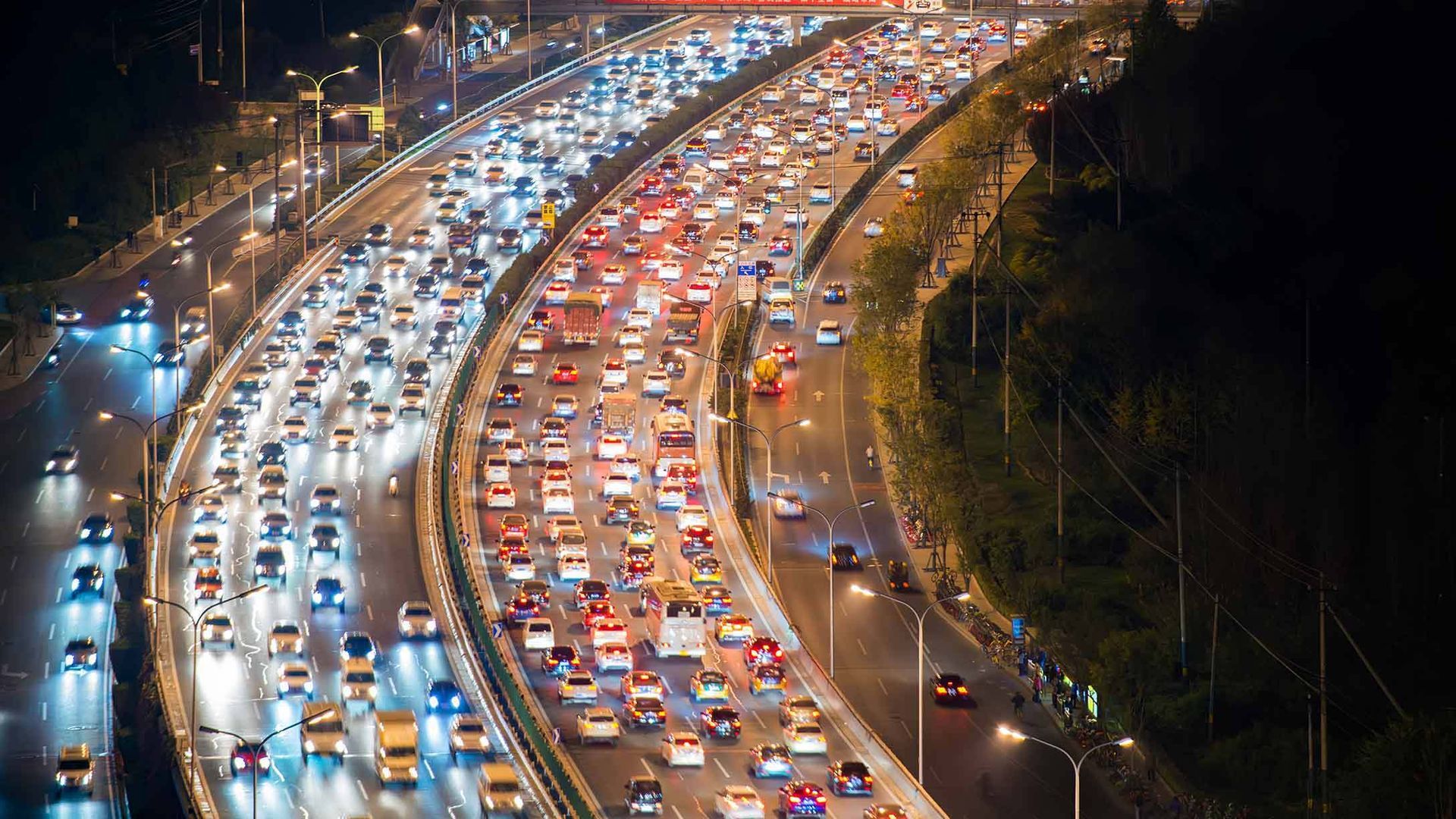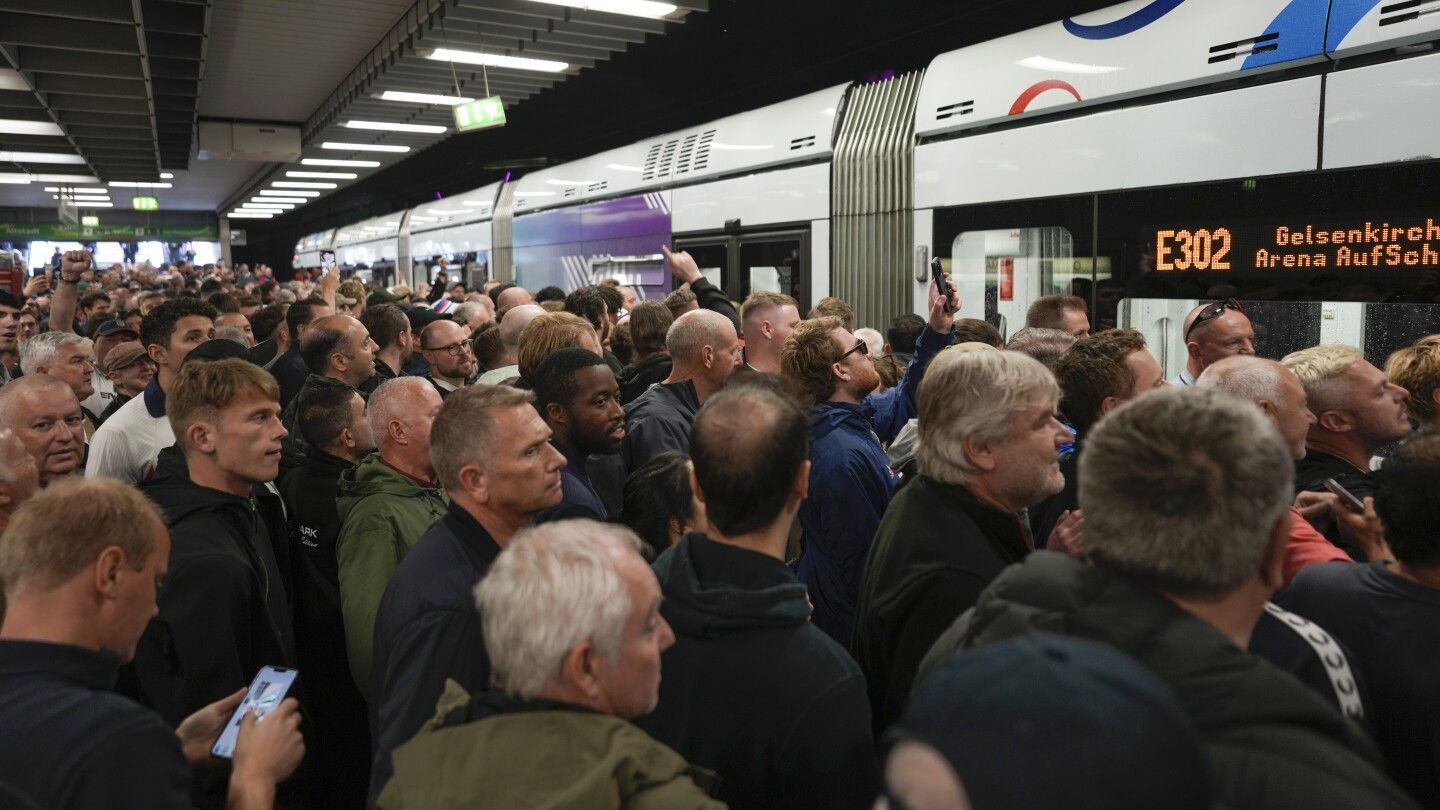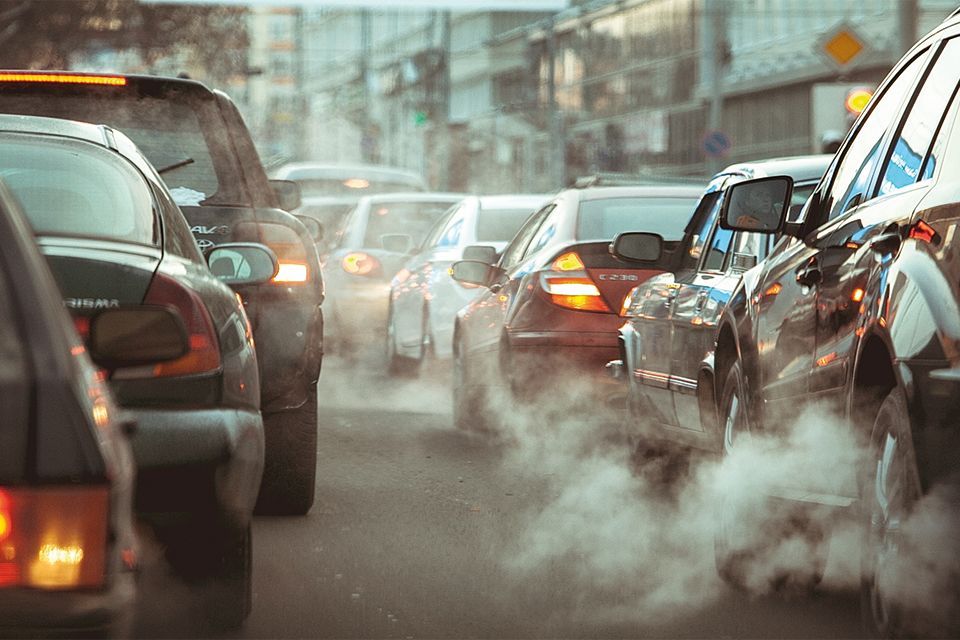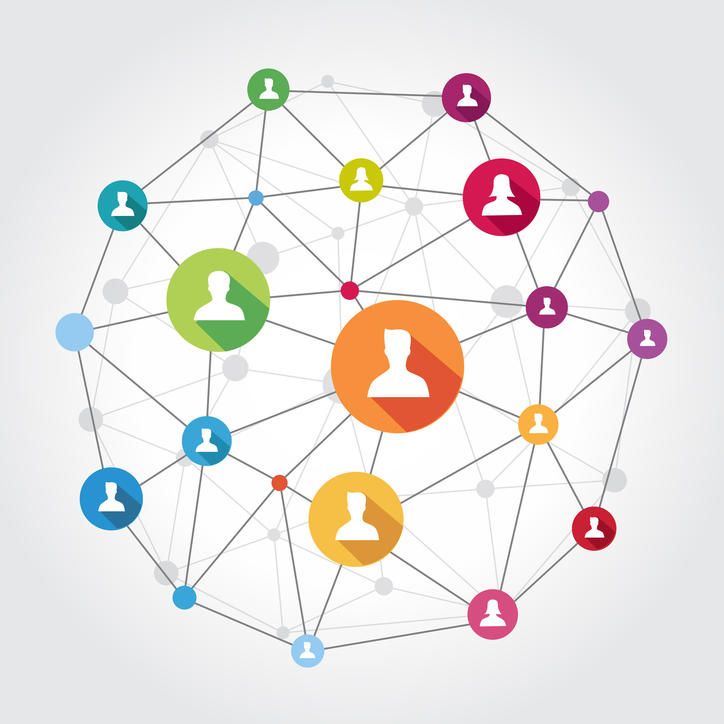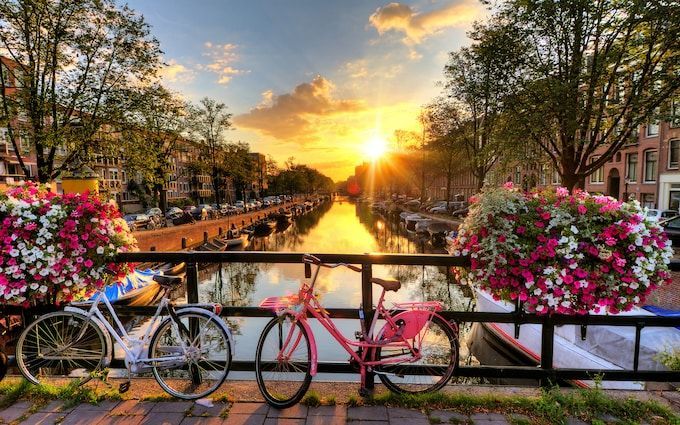Managing short notice spectator travel issues at a large sports event: Reputation, reputation, reputation.
Imagine the scene. You are a major sports club about to hold your biggest annual event. It’s about 4 weeks before the event (which is happening 3 days after Christmas), you have sold about 50% of your target of over 70,000 tickets and you receive news that due to threatened wide spread industrial action there could be a reduction in train service to the venue to almost one third of usual capacity where over 60% of spectators would normally use the train. Worried about ticket revenue and spectator experience what do you do next - a bit of travel demand management obviously!
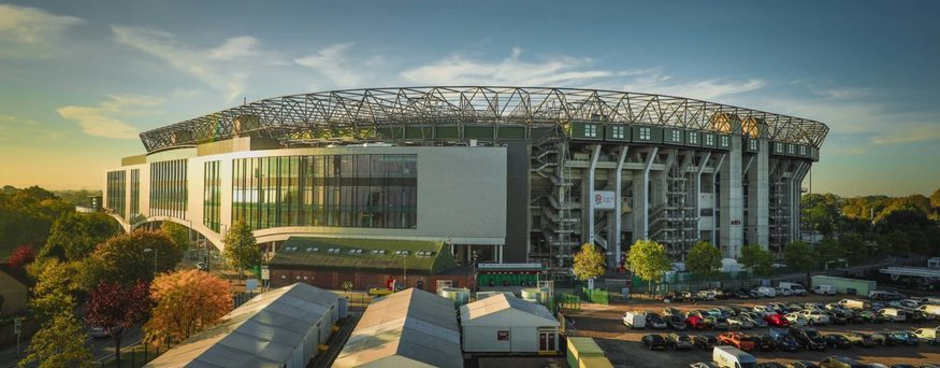
Well that was the scenario faced by Harlequins Rugby Club, one of the UK and Europe’s premier rugby clubs last month. The event, known as Big Game, was to take place at Twickenham Stadium (the home of England’s national rugby team) and consisted of two matches in one afternoon/evening and was to be the highlight of their fans calendar.
In the Round was asked to work with the Club, stadium and a range of stakeholders to develop a package of interventions that would assure spectator experience and minimise the impact of disruption. There was also a requirement to manage the risk of negative commercial impact that could have transpired if potential event goers had been deterred from buying tickets by news of the industrial action.
With less than 4 weeks to go there was
little time to strategise, which with longer to prepare for planned disruption
would normally be the case, so In the Round and the event organisers set about the
task. The focus was on developing and implementing a plan that included agile
transport operations, innovation in managing spectator travel demand, measures
to reduce impact of non-event goer travel, robust traveller information all
wrapped in efficient stakeholder relationship and project management.
Agile
planning of transport operation
Twickenham Stadium is of course familiar with managing travel for major events BUT this time , in short order, a new plan was needed which included some different to business as usual transport solutions. This
included additional shuttle bus services to other London Underground stations
not impacted by reduced services, new coach services to locations where ticket
data analysis showed clusters of spectators were based, alternative formalised and
more efficient taxi drop off and pick up points, additional parking and work
with the train company to encourage them to focus resource onto the main train
routes for the event.
Innovation in
managing spectator travel demand
Similarly, a new approach to influencing how and when spectators chose to travel was needed. This included consideration of extended venue opening and closing times with changes
to entertainment and food and drink concessions operational hours, working with
food and drink retailers in the local area to offer discounts at times of day
to encourage spectators to arrive early/stay later, consideration of selling
spaces in spectator car parks on a sliding price scale to encourage early
arrivals, investigating the role of timed train slot bookings rather than seat
reservations and fast track style queuing at the station after match, extending
shuttle and coach service operating time and working with Uber and other taxi
operators to ensure their platforms/drivers new of designated arrangements for
them.
Measures to
reduce impact of non-event goer travel
Influencing travel choices by those that usually travel through the area, but not going to the event, also had a more significant role to play than usual. Messaging agreed with stakeholders was developed. It advised those that might normally travel in the area of when and where it was expected to be busy with clear guidance on the expected quieter times of day. A range of widespread communications were deployed across communication channels of all stakeholders, including advanced warnings on road signs, announcements in stations and on trains, radio bulletins, community newsletters and websites and more. GoogleMaps and Waze platforms were also used to ensure road users regular travellers new about the event and to route around the key times to avoid congestion. There was also a comprehensive briefing of relevant local media to maximise reach.
Robust spectator communication
Changes were needed to how spectators were usually communicated with. A single core
narrative about travel and transport for the event was developed with
stakeholders and hosted on the Club and venue website and amplified through
their channels (email to ticket buyers, social media and then in venue) and channels
of other stakeholders including the other Clubs involved in the event. The
direct communications to spectators was also geographically targeted so, for example,
the new localised coach service was promoted to those known to live in that area
through bespoke email and social media. Communications also sought to manage expectations
in terms of possible delays and queuing after the event. There was also a reassuring tone to content and messaging in an effort to avoid deterring potential ticket-buyers.
Efficient
project and stakeholder management
Collaboration and efficient working needed to be at the core particularly with only 4 weeks to arrange. A cross
agency working group was quickly mobilised and used as a forum for advising of
the plans and seeking cooperation with operational and communication
activities. With little time to spare lengthy face to face meetings with
stakeholders were replaced with group teleconference calls, e-mail and one to
one phone calls. Milestones were identified to inform key decision making which
was particularly important given uncertainty as to whether the strike would go
ahead and if it did what the impact would be on train timetables. Setting and
agreeing clear timing points provided the train company with a focus for their
decision making and provided a shared appreciation that from a customer
experience point of venue prolonged uncertainty would do nothing to reassure
potential event ticket buyers. While not all stakeholders were able to lend
their support to aspects of the plan having a clear vision from the outset gave
the desired outcome the greatest chance of success.
We are
pleased to report the event was a success with over 75,000 spectators enjoying
their day out. The demand for travel was spread not only by time of day but
also across the new transport operation and there was no reported transport
disruption.
It was a
great example of what can happen when there is a clear vision and stakeholders
understand the collective benefit of a course of action and are as a result willing
to adapt their thinking to accommodate new ideas. It also demonstrated again
that if communicated with effectively, spectators and a local community are
also willing to adapt their travel behaviours because they understand the
personal benefit of doing so.
Most of all,
for the author, it demonstrated how vital whole
spectator experience is
or should be to event organisers. In this case the Club and stadium quite
rightly recognised the value to their reputation of investing in a quality spectator
experience that extended beyond selling tickets or what happens inside the
venue to how spectators could get from their front room to the front row
. Please get in touch with Jon Foley (jon@intheround.global) if you'd like to find out more.
